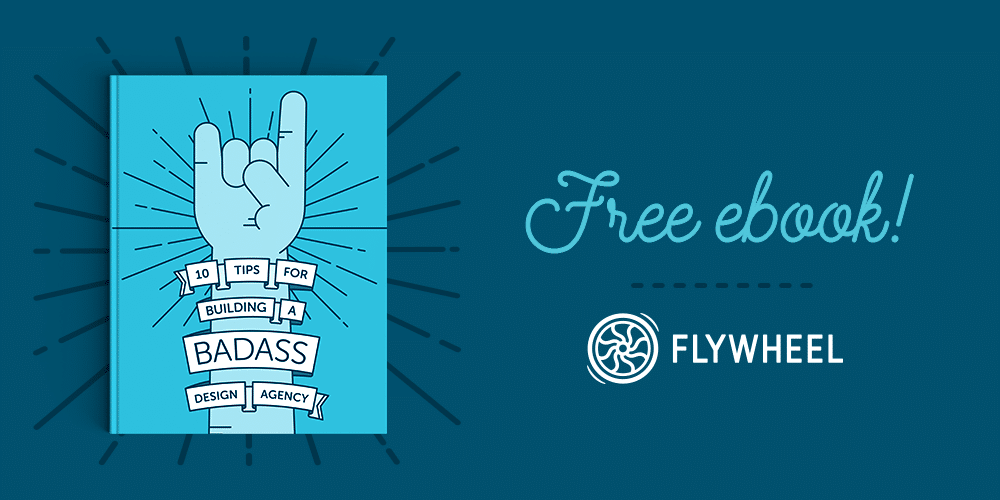
Business is booming. You’re feeling busy, in a good way. Or maybe you’re feeling a little too busy! This is great — it means you’re doing well. Now you’ve got a choice to make: cut back on the client load, or bring on an assistant.
Cutting back on your client load is certainly a valid way of conducting your business. You can do it any number of ways – by raising your rates, by narrowing down your niche even more, or by simply limiting the number of clients you’ll take on. (You can also do any combination of the three!) Doing so keeps you squarely in “solopreneur” territory, which works really well for many of us.
But it’s not the only way to go.
Bringing on an assistant is an exciting step for many tiny business owners. It means you’re growing and expanding, which can lead to potentially greater income (and who doesn’t want that?). Before we get to the part about reaching new income heights though, there’s the part about becoming less crazed because there’s another team member to pick up some of the work that needs to be done.
Less crazed means more awesome.
So how do you know when it’s time to hire an assistant? And how on Earth do you even go about doing it?
How to know when it’s time to hire a web design assistant
My basic theory on knowing when it’s time to hire an assistant goes something like this:
If you’ve ever thought “Maybe I need to hire an assistant,” it’s probably a good time to hire an assistant.
I’m a major advocate for making your business work in service to the life you want, rather than making your life work in service to your business. For many creative freelancers — including web designers! — the work is truly fulfilling and having it be the driving force in life is a satisfying setup.
For others (like me), I want to be able to do work that I enjoy, and then pack it up for the day and go out there and live my life. Whether it’s kids or travel or kayaking or making gourmet ostrich jerky in your kitchen, many of us have other ways of finding fulfillment.
Whether your work is your life or your work facilitates your life, bringing on an assistant can go a long way toward meeting those goals.
So if, for any reason, you’re feeling like you could use an additional set of hands (whether it’s to offload some work so you can have a normal workday again or it’s to be able to say an enthusiastic YES to every exciting project that comes your way), then press into that feeling. It’s there for a reason.
If you want something more concrete than feelings to make a decision, here are some other things to consider:
- How much time do you spend on menial or beginner-level tasks that you don’t enjoy?
- Do you feel like you don’t have enough time to put 100% energy into every project going on? Are you feeling overwhelmed? Have things started falling through the cracks?
- How much money could you take from your net profits to reinvest in your business (understanding that your net income may take a dip at first but will likely grow after bringing an assistant on board)?
- Is work starting to encroach on your non-work time, either mentally or literally?
If, after reading those questions, you’re nodding in a “yes, I vibe with that” kind of way, then how about you go get yourself an assistant?
Here’s how to do it.
Step 1: Get clear on what you want the assistant to do
Are you looking for someone who can pick up some of the initial design work for you? Do you want someone to take your wireframes and turn them into the base website? Is your assistant going to be responsible for entire (or near-entire) websites?
In short, at what point in your workflow does the web design assistant come in, and at what point does the work come back to you?
You also have an interesting opportunity to bring on someone who can handle some of the administrative stuff for you and pick up some of the initial (beginner) work as well, including things like setting up new websites and getting them ready for building the new design.
In exchange for some training, you might be able to get a smart virtual assistant who can take on your boring admin stuff (wouldn’t that be a relief?) while learning how to become a web designer under your tutelage — and what better assistant could there be than one you’ve hand-crafted for yourself?
Step 2: Put together a solid job description
Job descriptions can be kind of ugh but hey, you’re a creative! Don’t feel compelled to make it like the ones you see all over Corporate-land – you can make a cool one.
Here’s some good info to include:
- Scope of the role as well as any potential for growth.
- Required skills/experience as well as nice-to-haves (and be clear what’s absolutely required and what’s a plus). You might also want to mention whether you’re willing to work with a beginner
- Some information about you, your business, and your clients or projects.
- What “proof” you want to see of their skills (references, portfolio, etc.).
- A timeline for accepting applications, notifying the short-listers, and making a final decision (this will cut down on all the follow-ups you’d otherwise get).
- How you want the applicants to get in touch with you.
Step 3: Post the ad and evaluate the applicants
One of the best ways you can find yourself a great assistant is to ask around. Your friends and colleagues may be able to offer some great candidates.
Aside from your personal network delivering you the dream candidate, you can also post the ad in Facebook groups or on any of your favorite job boards. There’s also a great “hire a freelancer” page at CreateYourLaptopLife.com, where you can post the job description for free and get responses from a ton of qualified applicants.
Next steps
Once you’ve got an applicant pool, take a closer look at what each of them says and does. You can get a good feel for how it’ll be to work with someone by observing how they behave during the application and interview process.
Some things to keep in mind:
- Do they follow all instructions?
- Are they timely in their replies?
- Do they show the necessary skills?
- How do you like and respond to their communication style?
- Do they present themselves as professional and trustworthy?
- What are their references like? (And if you get references, absolutely DO get in touch!)
I usually recommend doing trial projects with the top two or three candidates to see how it goes. This is usually something small that could be completed in four hours or less. That gives me a better sense of who’s paying attention and delivering exactly what I ask, in a way that I like, in a timeframe that I like.
Once you’ve done that, it’s time to make a decision and move into onboarding mode! Congrats, you’ve got yourself an assistant!
For more advice on growing your business, check out these articles:












Comments ( 2 )
AaronQuelo
June 6, 2025
israel pharmacy online: all in one pharmacy - real pharmacy rx generic viagra
Binance推荐码
June 2, 2025
Thank you for your sharing. I am worried that I lack creative ideas. It is your article that makes me full of hope. Thank you. But, I have a question, can you help me?